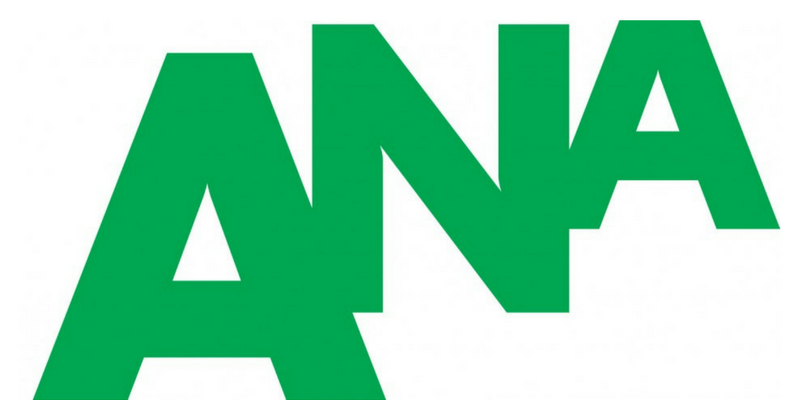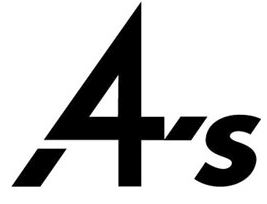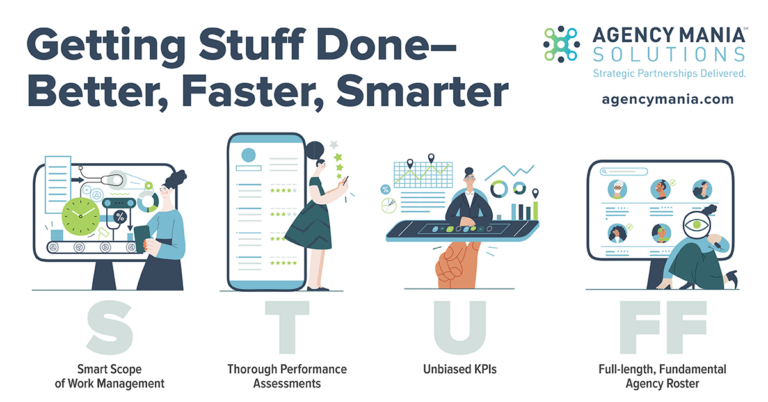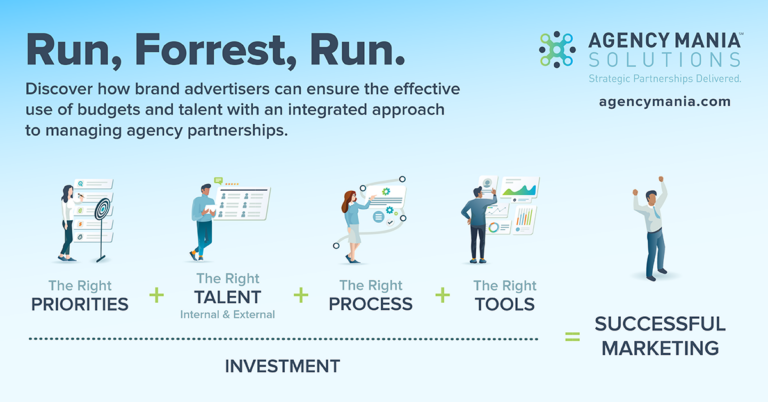You Can’t Shrink Your Way to Greatness:
At a time when corporate restructuring, zero-based budgeting, and other cost-cutting initiatives make up most headlines, reducing a large part of advertisers’ marketing budgets – namely agency fees – is without a doubt very tempting. However, asking agencies to cut their fees, without careful consideration or understanding of the downstream implications, is a bit like cutting the tree you are sitting on. And the higher the tree, well, the harder the fall. Let’s explore what advertisers can do to drive much-needed efficiencies in how they operate while driving growth.
CPGs: trendsetters or playing with fire?
Consumer Packaged Goods companies (CPGs) have been aggressively cutting marketing budgets in recent months, leading several transformational initiatives to revamp their go-to-market strategies and drive better returns. For example, Johnson & Johnson cut its large marketing budgets, executing on its agenda announced last year to achieve 30% savings. Unilever realized savings as a result of ongoing cuts to advertising, production, and agency fees, allowing the brand to reinvest an estimated €300M in “working media” and “point-of-sale” over the past two years. A significant part of the savings is presumed to have been driven by reducing its number of agencies and bringing content/ digital work in-house. P&G recently reported five percent organic sales growth despite $165 million in overhead, agency fees, and production cuts in the first quarter of the year, following several budget cuts in prior years and a reduction of its agency roster. P&G has cut agency and production costs by a stunning $1 billion annually over the past four years and they plan to cut another $200 million over the next two fiscal years to meet their objectives. These cost-cutting initiatives are rarely intended only to improve the bottom line, but also to provide new funding for high-performance activities or new investments to support growth objectives.
Shave, don’t cut
Too many advertisers see agency fees as a cost, instead of an investment. For agencies, negotiating their fees every year feels like death by a thousand cuts. Yet, selecting and retaining the right resources on your account is of great strategic value, not unlike selecting and retaining internal marketing resources. Having the right talent – internally and externally – is far more than a budgeting exercise. It doesn’t mean that brand advertisers should blindly agree to what agencies are proposing. To the contrary. Advertisers do play an important role in setting clear expectations, scoping the requirements, and validating agency proposals so the resource plans are adequately sized and calibrated to support their ambitious marketing goals. Budget setting should be a collaborative process, not a top down cut-throat process. In some ways, it’s more about shaving where there might be unjustifiable expenses or excessive resources.
Understanding consequences
As we applaud those brands able to successfully shave dollars to fund new investments, we also need to acknowledge those that fail to do so in a way that is viable and sustainable, underinvesting in marketing and related agency funding. Look at the dangerous cost-cutting done by Kraft Heinz under its investment firm 3G Capital and the related brand erosion and massive $15.4 billion write-down on its assets. The unwanted consequences of cutting agency fees too deep are also worth considering:
1- Talent quality: When advertisers reduce agency fees, they often expect agencies to absorb these reductions by reducing overhead, profit, or labor-related expenses. They may understand that this can lead to fewer resources, which might be fine if everyone is clear and supportive. But they rarely expect talent quality to go down. If the agency feels that these cuts are unmanageable given the workload and expectations, they will staff the account with more junior resources, which, in turn, may lead to suboptimal work.
2- Work quality: The benefits of cutting fees are easily understood by procurement and finance stakeholders. Yet, marketers are the ones who must live with the consequences of these decisions. It often means doing more with less support. It also means taking shortcuts or getting things done faster. All of this often results in quality control issues and potentially lower quality work.
3- Innovative thinking: Advertisers expect agency partners to think strategically about their business. They are rarely only looking for executional support. They look to their agency partners to proactively come up with innovative concepts or ideas. As resources get cut, the ability for the agency to do just that is now seriously undermined. Agencies are more likely to simply keep up with the work. In the end, you get what you pay for.
Making efficiency a mutual KPI
As marketing budgets and agency fees are reduced, so should be client expectations. At the very least, the two (budgets and expectations) must be clearly balanced. An advertiser’s desire to reduce waste and shave inefficiencies is not only understandable, it’s highly advisable. However, it’s often a siloed approach with the advertiser imposing these reductions on the agencies. Instead, both the advertiser and the agency should look at this healthy trimming exercise as an opportunity to operate more leanly and efficiently together. The inherent efficiencies realized should ideally benefit both as well. Why not make “cost efficiency” a KPI for agencies as well, so they too benefit from operating a sound partnership. In the end, clients and agencies cannot shrink their way to greatness. But they should act as collaborative business partners.
By: Bruno Gralpois, Co-Founder & Principal, ANA Faculty
Download a print-friendly version here
Published on: September 23, 2019
Also seen on 4A’s, ANA, Marketing 360









